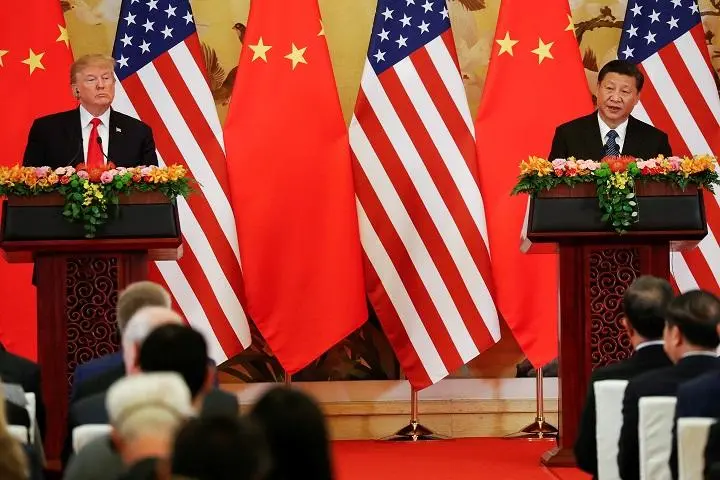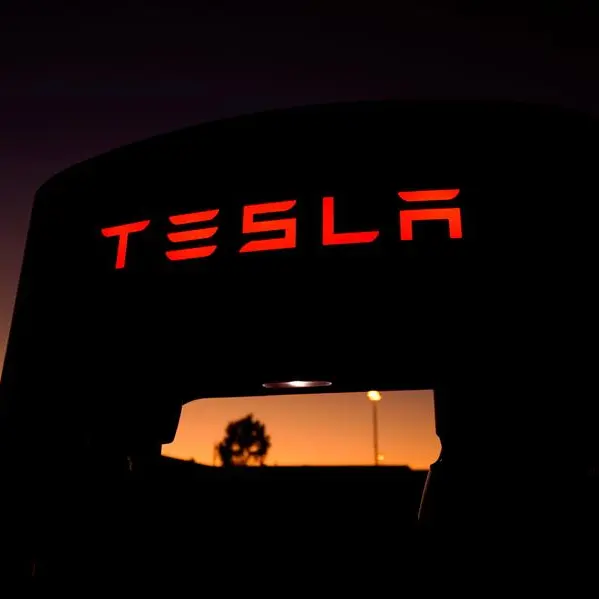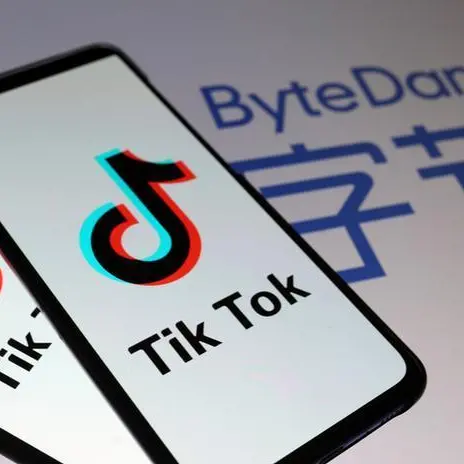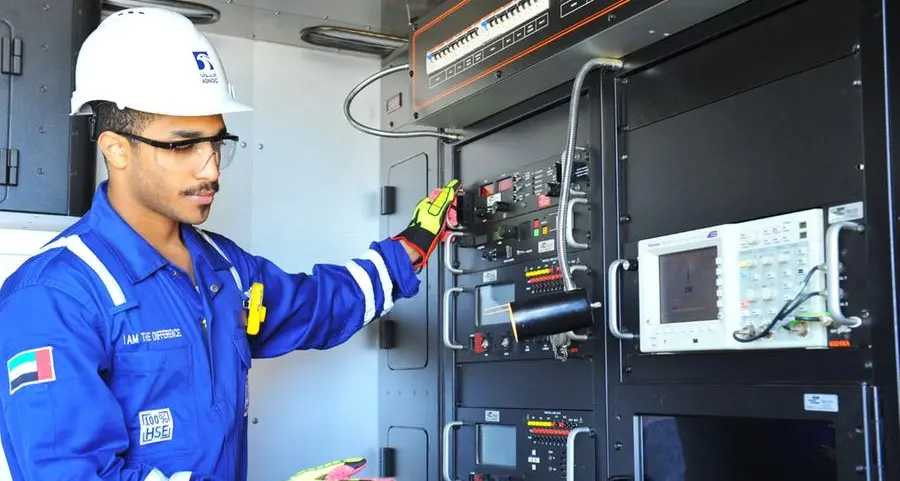PHOTO
WASHINGTON - The trade-war ceasefire between the United States and China leaves many booby traps for investors. Both countries will put new tariffs on hold while the People's Republic vows to buy more American goods and makes other concessions. Despite the upbeat tone, there are plenty of ways for things to blow up.
A détente hashed out over dinner in Argentina between President Donald Trump and his counterpart Xi Jinping represents a mini-breakthrough for an exceedingly tense relationship. The United States no longer plans to increase levies on Jan. 1 from 10 percent to 25 percent on $200 billion of Chinese imports. In exchange, China will purchase a “very substantial amount” of agricultural goods and other products from the United States. Beijing also agreed to start talks on structural changes related to forced technology transfers, intellectual property protection and other matters. It also said it would consider revisiting Qualcomm's QCOM.O $44 billion acquisition of rival chipmaker NXP that China failed to approve.
Both Trump and Xi had incentives to ease up. Trade war worries helped cause major U.S. stock indices to give up this year’s gains, before they recovered a bit last week following dovish comments from Federal Reserve Chairman Jerome Powell. In China, Xi is grappling with an economy growing at its slowest pace since 2009.
The U.S. president is fickle, however. He has run hot and cold on China for the last several weeks, with his protectionist leanings tested by the slumping stock market, which he considers a proxy for his popularity. Just before decamping for the G20 in Buenos Aires, Trump said he would meet with Russian President Vladimir Putin. He later tweeted that he was canceling it.
Trump also has anti-China aides whispering in his ear. Influential U.S. Trade Representative Robert Lighthizer doesn’t think it’s even worth talking to Beijing. He is also one of the only senior officials in the administration who knows how to negotiate trade deals, having served in a deputy role under Ronald Reagan.
What's more, the timeline to work out a final accord is tight given the many complex issues involved. If a pact isn’t reached in 90 days, U.S. tariffs on $200 billion in Chinese goods will increase from 10 percent to 25 percent. Any investor inclined to rush back in would be wise to tread carefully.
CONTEXT NEWS
- U.S. President Donald Trump and Chinese President Xi Jinping agreed on Dec. 1 that they would not escalate tariffs while they take 90 days to negotiate a trade deal. The leaders met on the sidelines of the G20 summit in Argentina. The U.S. government will not increase import duties from 10 percent to 25 percent on $200 billion in Chinese goods on Jan. 1. In exchange, China will purchase a “very substantial amount” of agricultural, energy and industrial products from the United States.
- Trump and Xi agreed to begin talks on Chinese structural changes on forced technology transfers, intellectual property protection, non-tariff barriers, cyber thefts and other topics. If no agreement is reached in 90 days, U.S. tariffs on $200 billion in Chinese goods will increase from 10 percent to 25 percent.
- It was the first meeting between the two leaders since the U.S. government imposed tariffs on $250 billion in Chinese goods, reflecting about half of total imports from the country. China has retaliated with duties on about 85 percent of U.S. imports.
(The author is a Reuters Breakingviews columnist. The opinions expressed are her own. Refiles to amend dateline.)
(Editing by Jeffrey Goldfarb and Katrina Hamlin) ((gina.chon@thomsonreuters.com; Reuters Messaging: gina.chon.thomsonreuters.com@reuters.net))












